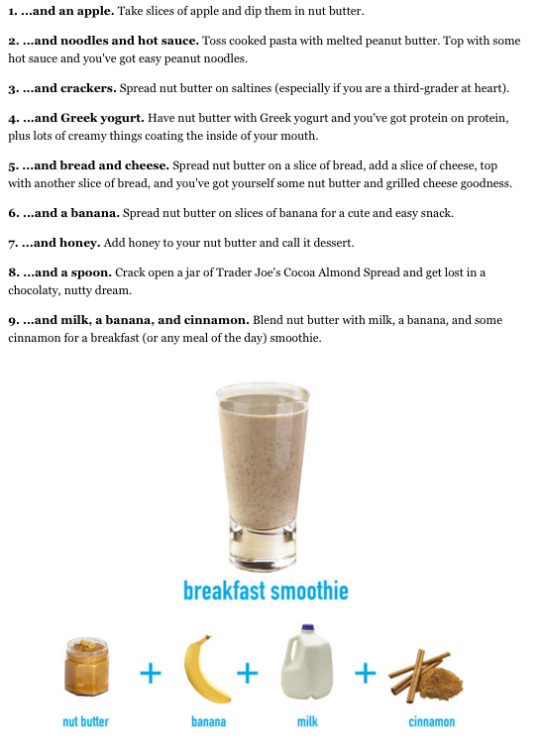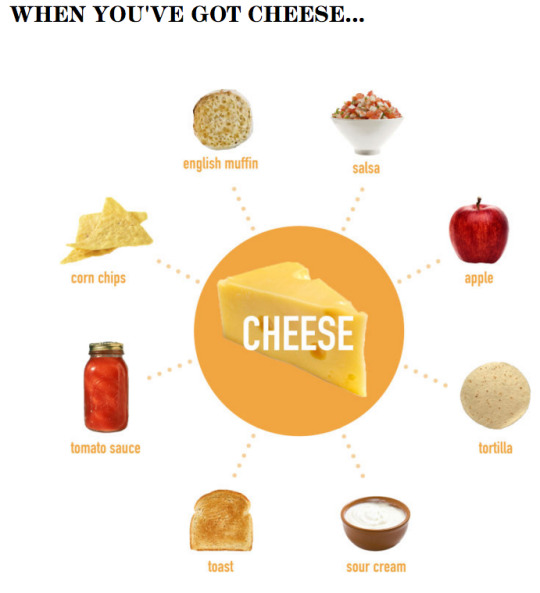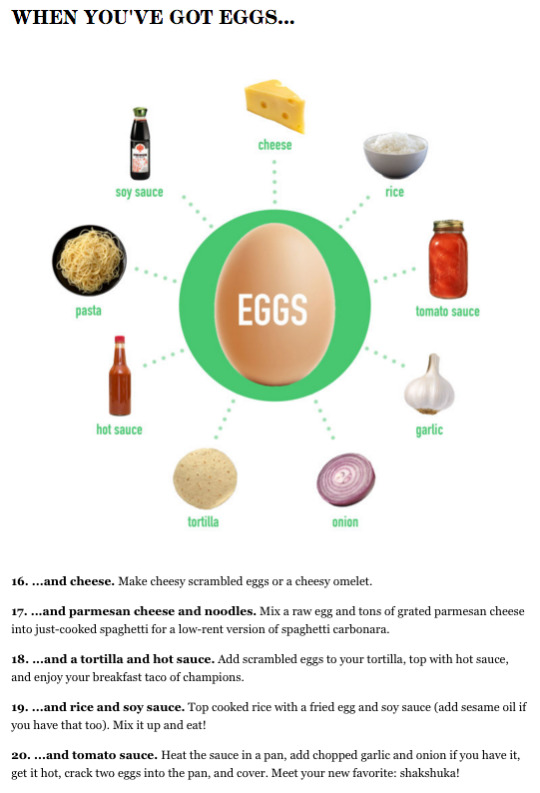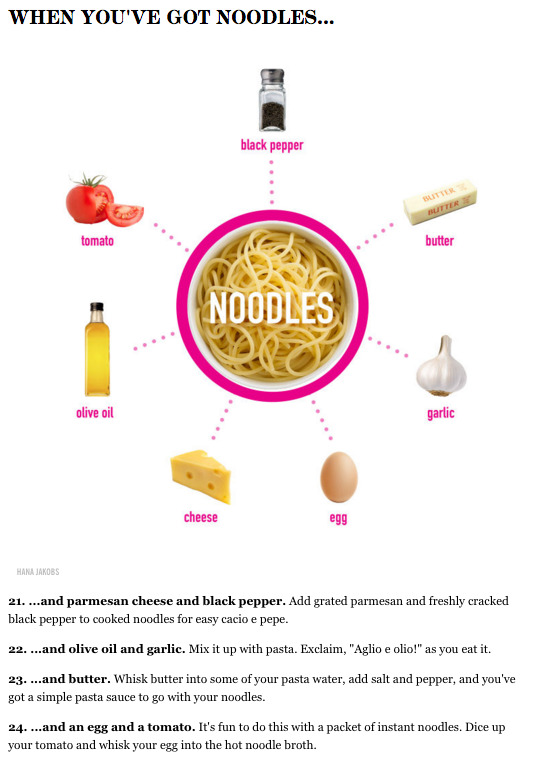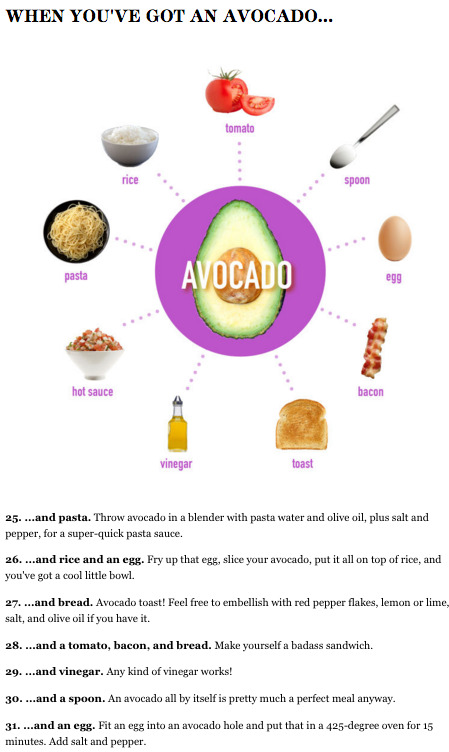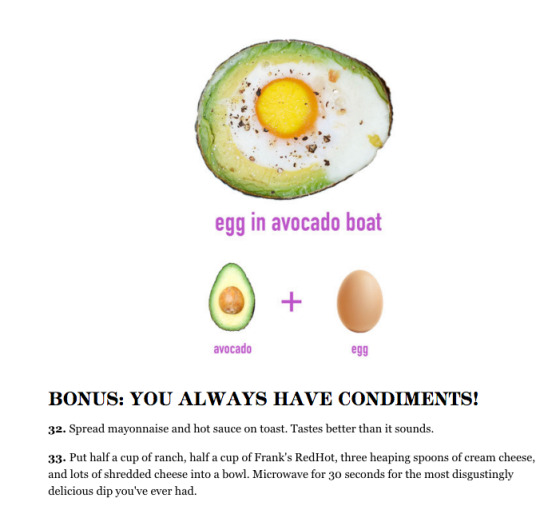Don't wanna be here? Send us removal request.
Text




My personal goal is to try and make fanfic binding as accessible to everyone as possible, so here are some resources on how to make a fanfic hardcover for under $25.
This is a barebones bind for the broke college students and such. Happy to field questions, too!
Here's a proposed budget breakdown:


Loosely organized thoughts:
Fanfic bookbinders often share typesets amongst each other. Never pay for a typeset for a fanfic.
You'll hear a lot about grain direction for your printer paper, but as a newbie on a budget without your own printer, settle for some nice 92 bright paper. If you like the hobby, splurge after but expect to pay at least 2-3x more for short grain paper.
Printing is a pain because some copy shops won't let you print intellectual property smut, and it's very expensive. You are better off bartering instead or looking for a free printer on Buy Nothing.
You know the thick paper wrapping that comes with online orders? It's a good weight for endpapers if you need to scrounge. Paper grocery bags or gift bags (birthday presents) might work, too.
Ask your local library to give you covers from books they are throwing out. Ask for outdated textbooks (those covers are built like tanks) or three-ring binders that are too busted to be binders anymore.
Obtain a used book that was mass produced (so your destruction of it does not impede anyone's access) and maybe even become a little vindictive with it.
If you can afford it, I recommend the Olfa SVR knife (~$10)
If you can afford it, upgrade your ruler to a t-square.


I really hope this resource is helpful! I want to stress how possible this is and encourage people to cherish what they love through art.
If you are interested in fanfic binding and have a little more disposable income, I have an affordable Fan Fiction Bookbinding Starter Pack that I carry on my site. I pack them myself and drop them 1x/month on the 15th.
12K notes
·
View notes
Text
Small sneakpeak for chapter 3 and all who like Shinso ♡

On another note, the only bus to my home is like every 2 hours, so Im currently typing this as im waiting and freezing my ass off in goddamn April
#DoeUpdates#ao3#writer#fanfic authors#fanfiction#mha fanfiction#ao3 author#mha#miss (or rather mister) jackson#JaneChatter
2 notes
·
View notes
Text
what do you mean elon musk did a nazi salute on live tv at the united states presidential inauguration twice and is now erasing the evidence off the internet by replacing the footage with the crowd cheering instead?

would be a shame if people reblogged this, wouldn’t it?
167K notes
·
View notes
Text
i’m so glad earth only has one moon, if there were more i’d have to pick a favorite and that sounds too emotionally taxing to even fathom
388K notes
·
View notes
Photo








and it was true love at first sight
loosely based on those stories of ringo (while still being with rory and the hurricanes) listening in on the beatles late at night, sometimes the only one left in the bar, and always drunkenly requesting blues songs (they all apparently thought he looked like a super tough guy, what with his beard and grey stripe and suit :’D) which is just .. adorable.
6K notes
·
View notes
Text
50 Fun things to do with OCs and/or characters you love!
Making a cohesive list so I don't forget, and so that others can use the same resource. Enjoy :)!
Make them a Pinterest board
Make Picrews of them
Answer OC templates and questionnaires
Paste and/or draw them over memes
Draw the squad
Create an Amazon/Etsy wishlist for them of things they'd like
Make a list of video games/shows they'd like
Crossover with other OCs/universes
Modern AU
Swap AU
Masc/femify them
Create them in character creations in video games
Pick out funny clothing for them
Make them a Spotify playlist
Create a fake text conversation between them and another OC
Make their zodiac sun, moon, and rising or chart their natal chart
Turn your OCs into animals
Save TikTok/Instagram/Youtube audios that reflect them
Depict their reactions to looking at themselves in the mirror
Fantasy AU
Spiderverse AU
Draw them in cosplay
Classpect them
Make them a phone/desktop background and/or theme
Create a kinlist for your OC
Draw them interacting with you or your friends
Act them out
Cosplay them
Fuse them with another OC
List out what traits them and others have in common
Make random quotes from them
Pick out Pokemon they'd like
Turn them into a magical girl
Create a tierlist based on what they like/dislike
Have your OCs play truth or dare together
Have your OCs play Dungeons and Dragons together
Have your OCs spin the bottle
Create or look through Halloween costumes for your OCs
Design what your OC would wear throughout the decades
Age your OC through a timeline
Height chart
Put your OCs in a grocery store
Let others draw them in Whiteboard Fox (when you google it you'll see a list of servers below! Just click one! (and remember to ss your progress in case someone clears the board!))
Create sprites of your OCs
Objection.lol case them
If they have a comic or animation, create blooper takes
Avatar: The Last Airbender AU
Describe their reactions to smoking and/or drinking for the first time
Expose their internet search history
Draw them into taken photos with IRL you
If you have any more suggestions add them into the comments or reblogs below, and I'll make another 50+!
1K notes
·
View notes
Text
Tried to write more, but it's so goddamn hard when you've lost all passion for the project
1 note
·
View note
Text
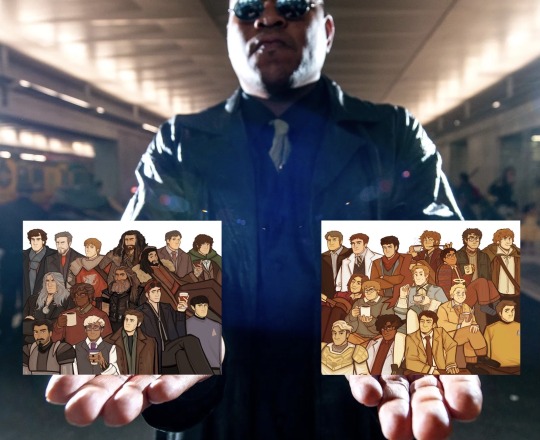


it is finally finished and I can rest! WLW version coming soon!
11K notes
·
View notes
Text
Toxins, Venom, and Poisons in Historical Western Medicine: How Are We Not Extinct From Doing Some Of This To Ourselves?
This piece is an involuntary piece inspired by @writing-with-sophia's awesome post "Poison list", which is an accurate and succinct list of commonly known (and ancient!) poisons, venoms, and toxins that have been and were used for causing poisoning in ancient and recent history. I wanted to write this because what struck me by their post crossing my dash was, the sheer number of poisons listed that were - and even still are - used as mainstays for healthcare around the world throughout the ages!
OBLIGATORY DON'T BE A DUMBASS PSA: If you're planning on incorporating these poisons into your HISTORICAL-era writing, it's also important to remember that many of them were used for medicinal purposes at one time, too, and it's great you're interested in learning about the subject! And also, you shouldn't try ANY of these! I will not tell you how to do it at home if you DM me, so don't! You are not appropriately trained to do it! You will harm or kill yourself and possibly your loved ones if you fuck around with any of these and it will be 100% your fault and you absolutely should feel bad bout it! I've seen some of you idiots believe 4chan posts about making home-grown crystals using recipes for actual mustard gas and seen you being wheeled into the ER on the news! I will not feel bad if you get yourself hurt if you screw around with any of these plants, elements, or animals!
Resource blog plugs and PSA over, now for the Hilariously Poisonous Medicines:
If you're writing something that's meant to take place prior to the advent of our more modern understanding of poisons, venoms, and toxins, factoring in "this is toxic to me NOW, but what about 500 years ago?" can add a lot of opportunities for interesting plot elements to your story.
These can include someone accidentally poisoning themselves with a toxic drug or substance that wouldn't have killed them if they'd handled it properly - like tansy? Grows all over the place in Europe and England? That'll kill you if you harvest it too late in the season, but it's good for intestinal parasites when it's harvested early in the year and processed right.
Did the lady's maid really kill her mistress with belladonna? Or was she trying to secretly help her mistress get rid of an unwanted pregnancy?
The protagonist's children can't survive to make it to weaning age! Is the wetnurse a poisoner, or does the milkman hide that he sells sour milk by pouring Borax into it so no one could taste it and has no idea he's killing his clients' babies?
Nuance and cultural mores regarding historical views about poisons and toxins can make writing even more fun, dynamic, and interesting! Explore 'em!
Just... please don't try any of this crap yourself. You will poison yourself, it will hurt, you will die, and you will hurt the entire time you're dying. Using OP's master list alone, here's the flip side of these lethal beasts through the eyes of our distant ancestors who believed illness was caused by "vapors", "bad air", and "imbalanced humors":
Hemlock:
Used across multiple different cultures in history. When properly administered to treat a disease, poison hemlock was used to treat asthma, whooping cough, bronchitis, joint/bone pain, muscle cramps, and insomnia. Hemlock was most often used as a sedative and antispasmodic.
Arsenic:
Arsenic is a heavy metal, and so has been used in everything from making specialty dyes for wallpapers (Scheele's green is the most infamous arsenic-based paint; Queen Victoria once had a guestroom in her palace redone with Scheele's green wallpaper. The first dignitary to stay there had to be carried out and taken to emergency care after breathing astronomical amounts of arsenic dust from the wallpaper's paint), to medicine. Arsenic was especially commonly used in history to treat skin ailments ranging from acne, to psoriasis, to syphilis sores. It was also sometimes prescribed for menstrual cramps, upset stomachs, colic, and arthritis, among many, many other things.
Cyanide:
Uh... I have literally never found any evidence of cyanide in medicine, outside of its use in modern medicine as part of certain chemical lab tests for measuring urine ketone bodies that involve no contact with a patient whatsoever. Cyanide literally works in less than a few seconds to render your entire body incapable of absorbing OR using oxygen in your lungs or already existing in your blood. Cyanide is really only good at making things that breathe not breathe anymore.
Nightshade:
There are a lot of different "nightshades", so being specific is essential here. Potatoes are nightshades. Tomatoes are nightshades. Calling anything a "nightshade" does not inherently mean it's lethally toxic. Belladonna is probably the most notorious of the "deadly" nightshades, but to this day, is still used medicinally, and would actually be seen as a health and cosmetic mainstay in historical fiction, especially if your setting is in Italy!
Belladonna is an Italian portmanteau for "beautiful woman", because tinctures (water-based drops) of belladonna were commonly used by Italian women as eyedrops to dilate their eyes and appear more attractive, aroused, and desirable. Today, belladonna's eye-dilating effects are still used by optometrists to dilate the pupils! Belladonna has been, and still sometimes is used as an NSAID, general painkiller, motion sickness treatment, asthma medication, and even as a treatment for IBS.
Ricin:
As OP said, Ricin is derived from the toxin found in Castor Beans, and is surprisingly new as an official "the only reason this is made is to make someone dead" poison. Not only is ricin a popular "nobody would think to test for this!" choice in mystery/thriller writing, but it has been used for political assassinations in real life before. Georgi Markov, a Bulgarian anti-Communist dissenter and writer, was killed in 1978 with a 1.7mm diameter ricin-coated pellet shot into his thigh muscle by an unidentified assailant using a modified umbrella as a gun. He died 4 days later.
Historically, castor OIL has been used for medicinal purposes, especially for treating constipation, inducing labor in pregnancy, and as a topical skin moisturizer. If you've ever watched the opening scene in Disney's "Peter Pan", when the childrens' mother is trying to give them a spoonful of medicine each, she's actually giving them castor oil! Castor oil tastes really bad (so much so that flavorings like cinnamon were often added to try to muffle the taste), so the childrens' reluctance and disgust at their mom making them take their medicine is very realistic for the era the movie came out in!
Strychnine:
Another lethal poison that started life as a medicine/food additive. Strychnine is no longer used medicinally at all today, but historically, it was used to stimulate the heart, treat bladder and bowel incontinence, and limb palsy. Strychnine is a deadly-powerful muscle stimulant that, as a poison, causes horrifyingly painful full-body strictures (spasms) and destroys the cardiovascular system. (Fun fact: Strychnine and hydrochloric acid were historically mixed into cheap vodka to make knock-off gin, especially during the Georgian Era in England if the brewer didn't have or couldn't afford juniper berries!)
Snake Venom:
Seriously, do your research before you write an actual, real snake species using venom they don't produce! The Big 3 Forms Of Snake Venom are: Hemotoxic, Neurotoxic, and Cytotoxic. Specific snake species exclusively generate the same kind of venom (so a hemotoxic snake will ALWAYS produce baby snakes that also make hemotoxic venom). Aristotle himself wrote in 380 BC that certain snake venoms could be applied for treating fevers, smallpox, and leprosy, and there is even some evidence in the historical record prior to the 1800s that different cultures have experimented throughout the eons with using venom for converting into antivenom, but I've never found a source citing anyone making a successful form of antivenom until around the 1850s.
Digitalis:
OP really nailed the important thing about Digitalis, and that is it's cardiac benefits for certain people - particularly for treating congestive heart failure. Vincent van Gogh was actually prescribed epilepsy medication that likely contained Digitalis, aka Foxglove, and there are some prevailing theories about van Gogh's love of bright yellow paint as being either caused or exacerbated by the symptoms associated with digitalis use, which can cause an attraction to and increased visual sensitivity to the color yellow. In several portraits, including one of his own psychiatrist, van Gogh shows subjects presented alongside foxglove flowers. Digitalis is absolutely lethal if consumed or taken without expert guidance, however, because it's the mother ingredient of Digoxin. Digoxin isn't used as frequently as it used to be a few decades ago, but it's still used and prescribed today for certain forms of heart failure and heart disease. Digoxin was also, at one time, was also sometimes used to induce chemical abortions.
Lead:
Dear god, lead. Not only is it so slow to kill you that you'll think that the only way to manage your symptoms is with more lead, but lead poisoning can be a life-long crisis for a person who is regularly exposed to it. Humans have used lead for everything from plumbing, to paint, to our cutlery, to cosmetics, to medicine. While yes, it is very possible to ingest enough lead in a single sitting to die within hours or days, most sufferers of lead poisoning experience it for years or decades before the symptoms become obvious. Some archaeologists believe that the Romans used lead cutlery because lead has a unique reaction when we lick it: when you have lead coating your tongue, it makes EVERYTHING you eat suddenly taste 10x better. I learned this myself from going target-shooting with my mom at a gun rage as a teenager, inhaled gunsmoke (which contains lead), and went for lunch immediately after. Even though I was just eating a $5 meal from In-N-Out, my burger tasted so good I thought I was gonna have to change my pants. When I asked the rangemaster at the target place about it later, he literally said, "Oh yeah, lead makes the worst cooking taste like heaven."
The ancient Romans ate a lot of rotten, spoiled, and sour food, and so lead would've made it easier to eat it back then. But the neurological effects of lead poisoning are nightmarish. It's suspected that, in America, the #1 reason we had so many active serial killers in the country from the 1940s-2000s was because of leaded gasoline. Ever since leaded gasoline was banned? Serial and random violent crime rates have dramatically gone down, especially in metropolitan cities. Ancient Rome, too, gradually became an increasingly violent city as its population went up and its reliance on lead did. We're only just now starting to figure out how toxic lead actually is, so go nuts with using it as a plot element regarding subjects like "Why Are You Like This?"
Mercury:
Mercury is also known as quicksilver, because in spite of being a heavy metal, the temperature at which it melts into a liquid is very, very low compared to most other metals. The first Emperor of China, Qin Shi Huang, was rumored to be so obsessed with the notion of immortality that he would send his doctors on doomed voyages around the world searching for a legendary substance that would, indeed, make him immortal. Legend has it that some doctors who were tasked with the job found out about the last guys, and produced mercury before Emperor Qin Shi Huang and cried, "Here it is! I got it!" so they wouldn't end up doomed to drown at sea. Qin Shi Huang became so obsessed with ingesting and medicating himself with mercury that, when his legendary tomb was being constructed, he had a small-yet-accurate-to-scale map of China+the known world about the size of a football field with every body of water full of fountains of running mercury in his burial chamber. His tomb was rediscovered in the last couple of decades after archaeologists found suspiciously high levels of mercury in the soil on top of a "hill" that had been sitting in the countryside untouched for thousands of years. It turned out to be Qin Shi Huang's long-lost tomb.
Since those days, mercury has closely been associated in early medicine as a sort of cure-all, since it literally kills anything it touches (including people). Captain Blackbeard himself, the most notorious pirate in Western history (Western specifically; google who Zheng Yi Sao was), was known or widely believed to be a syphilis sufferer, and desperately sought infusions of mercury from ships he'd capture (and the doctors onboard) to treat it, believing like everyone did that mercury could cure syphilis. It can't. They just didn't understand back then that syphilis starts off surface-level, and then eats your brain years after the initial infection.
Aconite:
Again, ridiculously toxic outside of specific medicinal applications that still aren't safe today! Aconite, or wolfsbane, has historically been used as a heart sedative (for slowing the heart), diuretic, painkiller, and even used to induce sweating. Evidence of wolfsbane being used for medicinal purposes has been spotted here and there over thousands of years throughout the Greek, Roman, and Byzantine Empires, but its original use came about in Ancient Greece for hunting and culling wolves by poisoning bait-food with it. That form of hunting died out long before the European Middle Ages, but the name "wolfsbane" stuck. Mostly because in the Middle Ages, a lot of people believed werewolves were a huge problem, and kept wolfsbane handy to deter said werewolves.
Thallium:
Today, thallium is mostly used in the production of camera and eyeglass lenses. Before its toxicity was known about, it wasn't strange to hear of thallium being used topically to treat fungal infections like ringworm. Thallium was also sporadically used in treating typhus and tuberculosis, along with a wide array of sexually transmitted diseases.
This list doesn't even touch the tip of the toxic iceberg when it comes to the sheer quantity of hilariously dangerous toxins people have, or still continue, to use for medicinal purposes! In a Victorian-era English London middle-class townhouse setting alone, there were dozens and dozens of ways to poison or otherwise harm yourself just by going about your daily life. So, if you've got a period piece you're working on, or are just bored, you can pick an exact date and time in our history and learn just how terrifyingly comfortable our ancestors were with upsettingly dangerous substances and home remedies. You can also watch a massive docuseries, called "Hidden Killers" and hosted by historian Suzannah Lipscomb, among other historians and archaeologists, which deep-dives into the hidden and unknown dangers of living in eras from Tudor-Era England, to the Post-WWII Reconstruction Age.
As a final note: I am NOT bashing Chinese or Eastern medicinal practices here, and in fact deliberately have gone out of my way to not include any references toward culturally-sanctioned medicinal practices in Eastern and Southeastern Asia. This post is specifically related to the history of WESTERN medicines and their associated history. I am not, nor have I ever been, a doctor of any traditional Eastern medicinal practices, and do not pretend to know better. Sinophobes are unwelcome in my blog space.
126 notes
·
View notes
Text
i dont see why i cant start a trend, so here goes. lets try to build back our attention spans. lets try to focus on just one thing for as long as possible. lets not watch those "asmr for people with adhd" videos where they fuck up adhd folks even worse. lets resist the urge to reach for our phones when watching a movie. lets read the articles we reblog, even when theyre boring. i know its hard, i have adhd too, but its worth it. i also know that this hard work doesnt always seem super impressive to other people, so id love for yall to tell me in the tags or replies if youve done something, no matter how small, for your attention span. you deserve to feel like youve taken back some of what social media has ripped from you
100K notes
·
View notes
Text
I can't keep having the same conversations about love languages, mbti, iq, bmi, "brain fully formed at 25" and shit over and over again...
133K notes
·
View notes
Text
please please please please reblog if you’re a writer and have at some point felt like your writing is getting worse. I need to know if I’m the only one who’s struggling with these thoughts
56K notes
·
View notes











